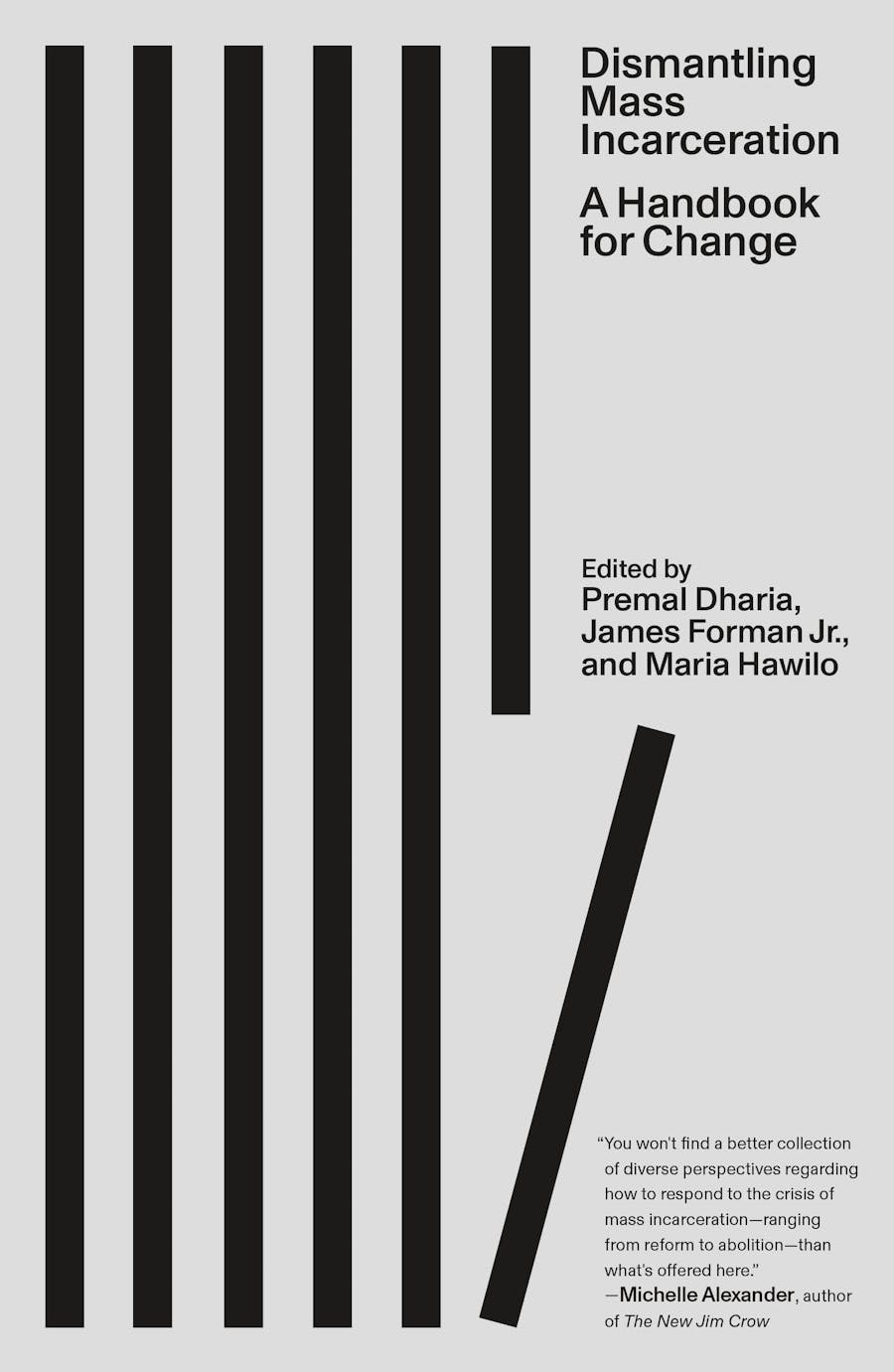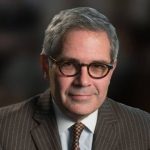In January 2018 I became the first reform district attorney in Philadelphia’s history. That election was won by a grassroots movement for criminal justice reform that, like all great social justice movements, needed some lawyers. Along with Kim Foxx in Chicago and George Gascon in San Francisco (then Los Angeles), among many other reform chief prosecutors who now represent almost 20 percent of the U.S. population, that movement elected me—a political newcomer—to be one of its lawyers.
My election came after a thirty-year career trying cases almost daily in state and federal court as a public defender, as a private criminal defense attorney, and as a civil rights attorney specializing in police abuse cases. Having watched Philly prosecutors use their discretion and power in the Philadelphia District Attorney’s Office (DAO) to drive up mass incarceration for three decades, I theorized that a reform prosecutor could help that grassroots movement to drive mass incarceration down.
Roundtable

This response essay is part of a roundtable about prosecutors inspired by the new collection Dismantling Mass Incarceration. Read the entire roundtable here.
Six-and-a-half tumultuous years later, that theory is confirmed, despite the doubters, and that grassroots movement is thriving in its efforts to decarcerate. Doubtful still? Please consider the below, partial inventory of decarceration achieved by that movement, with the help of the Philadelphia DAO:
- Future mass incarceration has been cut in half. The future years of jail and prison generated in Philly criminal courts are down about 50 percent annually, as compared to prior (traditional) Philly prosecutors’ administrations. Soon enough, this reduction will total nearly 50,000 total years of custody. At a price of $60,000 per year to incarcerate one person, simple (albeit simplistic) math shows a potential savings of $3 billion to reinvest in everything preventative that actually makes us safer. Investment in prevention includes public education, economic opportunity, addiction and mental health treatment, housing, and more. These potential savings, obtained over 6-plus years, are also noteworthy because they represent 60 times the entire tax-funded annual budget for the entire Philly District Attorney’s office (approximately $50 million per year). (Anyone focused on reform prosecutors’ slashing their own budgets as a primary goal of criminal justice reform should consider the collateral losses in reform prosecutors’ capacity to effect change when the return on investment of $1 spent to fund reform prosecution enables $10 saved by reducing mass incarceration and redirected to fund prevention, which should further reduce crime and decrease incarceration.)
- Half of Pennsylvania state prison population declines come from Philadelphia (which supplies about 20 percent of all people incarcerated in state prisons). Pennsylvania contains 67 counties, of which Philadelphia is only one.
- Philadelphia County prison populations are way down compared to prior administrations. The last six-plus years have seen the lowest sustained levels of custody in Philly since the rise of mass incarceration.
- The number of Philly juveniles in carceral facilities is massively down, having been reduced by roughly 80 percent as compared to prior DAO administrations.
- One major on-ramp to reincarceration—mass supervision by means of excessive periods of probation and parole—has been reduced by about 65 percent.
- Juvenile lifers are being resentenced to terms of incarceration that are on average about ten years shorter than juvenile lifers’ sentences during prior DAO administrations. Bear in mind that no city or county (Philly is both) in the world incarcerated more juvenile lifers than Philadelphia. This data is based on over a hundred juvenile lifer resentencings during the current administration and a similar number of juvenile lifer resentencings during the prior administration.
- Approximately forty-five people facing extreme sentences have been exonerated in Philadelphia with heavy support from the Philadelphia District Attorney’s Office, in stark contrast with all prior DAO administrations. Easily 85 percent of these people are likely or certainly innocent, while the convictions of the other 15 percent lack integrity and are generally murky on issues of guilt. Their exonerations alone have erased several hundred future years of incarceration.
Decarceral thinkers and doers
Every week, Inquest aims to bring you insights from people thinking through and working for a world without mass incarceration.
Sign up for our newsletter for the latest.
Newsletter
Obviously, there is much more to do. Other achievements over six-plus years less directly measure mass incarceration reductions, but heavily overlap and are causative in decarceration:
- The number of criminal matters prosecuted in Philadelphia has declined by 50 percent, from a high of about 70,000 to about 35,000 over the last 10 years, with most of the sustained decline owing to the current administration. Certain offenses are seldom prosecuted now (unlike prior administrations), including certain drug possession offenses, sex work, and nonviolent protest activity sans property destruction.
- The Philly DAO has not sought the death penalty in six-plus years. Just one prior Philly DA sought it routinely and got it every two months of her term. This DAO has also supported the argument that the death penalty as applied in Pennsylvania is unconstitutional, contrary to all other Philly (and likely all other Pennsylvania county) chief prosecutors.
- The Philly DAO is at the forefront of reform prosecution offices in its transparency, and its presentation of data on a new public dashboard that is updated in real time.
- The Philly DAO’s transparency includes frequent collaborations with academics and foundations (or mere access) that have resulted in major public reports. The topics of these reports include the history of prosecutorial misconduct in Philly, racism in the Philly courts, the efficacy of Philly DAO reform policies around bail, juvenile lifer resentencings in Philly, juvenile justice, and other matters in Philly.
- The Philly DAO has advanced prosecutorial integrity and accuracy in conviction and sentencing in a variety of ways. A Brady czar exists to audit and educate on new policies, and to help correct Brady/Giglio misconduct in the past and prevent it in the future. These efforts include building a Brady/Giglio dynamic database that automatically downloads exculpatory information to open cases, blocks prosecution subpoenas of highly problematic police witnesses, and alerts supervisors to engage in those cases.
- Unprecedented resources are now dedicated to a trauma-based approach to addressing the needs of victims, survivors, and witnesses—all of whom generally represent the most incarcerated communities. Many of these victims, survivors, and witnesses have also been defendants, or will be in the future, especially if their trauma is not addressed.
- Anti-carceral forms of accountability (e.g., diversion and restorative justice, specifically tailored to the needs of juveniles, young adults, and older adults) have been radically expanded, compared to prior DAO administrations in Philly.
Clearly, there is a long way to go. But these are tangible and rapid wins for a grassroots movement taking on mass incarceration and seeking criminal justice reform more broadly. These are facts that inform honestly held theory and should encourage activity and effort to take power away from traditional prosecutors and give it to reform prosecutors for now, while we work together to simultaneously make systemic change in policing, prosecution, incarceration, and prevention.
While not all supporters of decarceration view reform prosecution as an effective weapon against mass incarceration and its hegemonic cultural foundations, the (arguably fascist) supporters of mass incarceration clearly do. Reform prosecutors’ antagonists (including Donald Trump, Matt Gaetz, Jim Jordan, and Josh Hawley) know that we reform prosecutors are helping to effectively dismantle the carceral, racist, and unduly frightened culture that sustains them, which is why they spend so much time trying to destroy us. Worse yet, in our enemies’ view, the voters who support us are an existential threat. It is precisely the reluctant voters most adversely affected by mass incarceration who will make criminal justice reform a sweeping reality in the end, by electing reform mayors (who will appoint reform police and prison chiefs), by electing reform judges (whose prior and judicial careers will reflect reform), by electing reform legislators (whose increasing numbers in state and federal chambers will make funding prevention and passing decarceral legislation that changes unjust structures possible), and by reminding everyone they elect that their power depends on the grassroots.
Image: Martin Adams/Unsplash/Inquest

